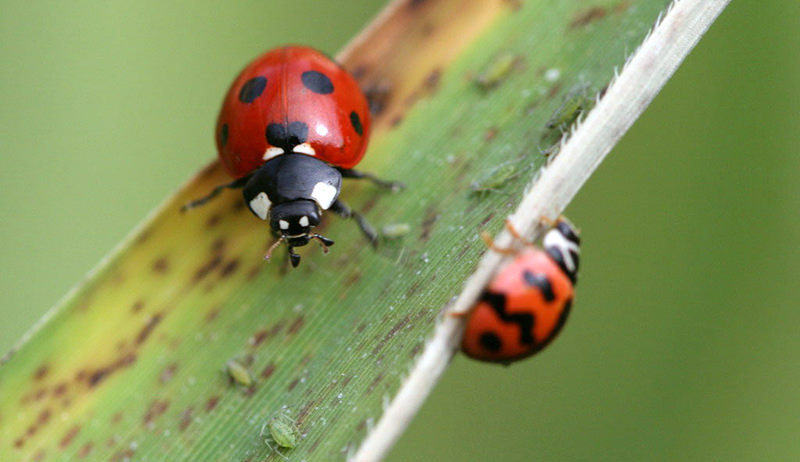
I suspect that most farmers look forward to seeing early-blooming flowers appear on their property every spring. And, more often than not, farms are typically smothered in blooms during the summer months, courtesy of wildflowers and cultivated blooms. But, did you know that it’s also important to have a plethora of fall-blooming plants on your farm, too?
Autumn bloomers should be cherished for far more than their beauty. While the color and interest they bring to the garden is certainly important, these fall-blooming plants are critical to many types of wildlife.
Hummingbirds

Before they begin their migration south, hummingbirds rely on late season flowers for the carbohydrates they need to complete their long journey. Fall-blooming plants such as salvia, cypress vine, asters, lantana and cardinal flower are among their favorites. These plants will bloom from summer through fall’s first frost.
Songbirds

Much like the hummingbirds mentioned above, many species of songbirds rely on fall-blooming plants for nourishment. But instead of feeding on their nectar, songbirds rely on the seeds these plants produce. In many cases, the seeds of early blooming plants have already been plucked out by other birds or trimmed off by the resident gardener in hopes of generating more blooms. Fall-blooming plants, however, produce a late crop of seeds that are readily available to migrating songbirds. Some of my favorites include asters, ironweed, coneflower, black-eyed Susans, Joe-pye weed, sunflowers, tithonia and more.
Butterflies

Fall-blooming plants sustain many different butterflies, too. Monarchs rely on their nectar to fuel their epic journey south, while swallowtails use the carbohydrates found in nectar to produce another round of caterpillars who will overwinter in their chrysalises for the winter. Butterfly species that overwinter as adults, such as the question mark and the mourning cloak, feed on these flowers until the arrival of regular frosts. Great fall-bloomers for butterflies include Sheffield daisies, Joe-pye weed, ironweed, coneflowers, mountain mint, asters, sedums and goldenrods.
Beetles

There are also many beetle species that rely on late-season nectar sources to sustain them through their winter “hibernation.” Some species of ladybugs overwinter as adults, as do other predatory beetles, such as some types of rove beetles, soldier beetles, flower beetles and more. Having a diversity of nectar sources available to these species helps improve their ability to overwinter safely. To help your resident beetles, plant goldenrod, boltonia, asters, boneset, Montauk daisies and sedums.
Bees

There are around 4000 species of native bees in North America and almost all of them are actively foraging well into the autumn. Without a substantial food source prior to winter’s long rest, it’s difficult for these insects to survive. For some bee species, such as bumble bees, the fertilized queens are the only ones to survive the winter. These queens need to consume ample nectar before hunkering down to hibernate. Other bee species take shelter inside hollow plant stems or small tunnels in the soil for the colder months. These pollinators also need to be well fed prior to overwintering. Some of the best fall-blooming plants for bees include mountain mint, golden rod, asters, bee balm, anemones, daisy-type mums and helianthus.
As you can see, including a broad range of fall-blooming plants in your garden doesn’t just help make your farm more beautiful. It also helps all the wild creatures that call your garden home.





